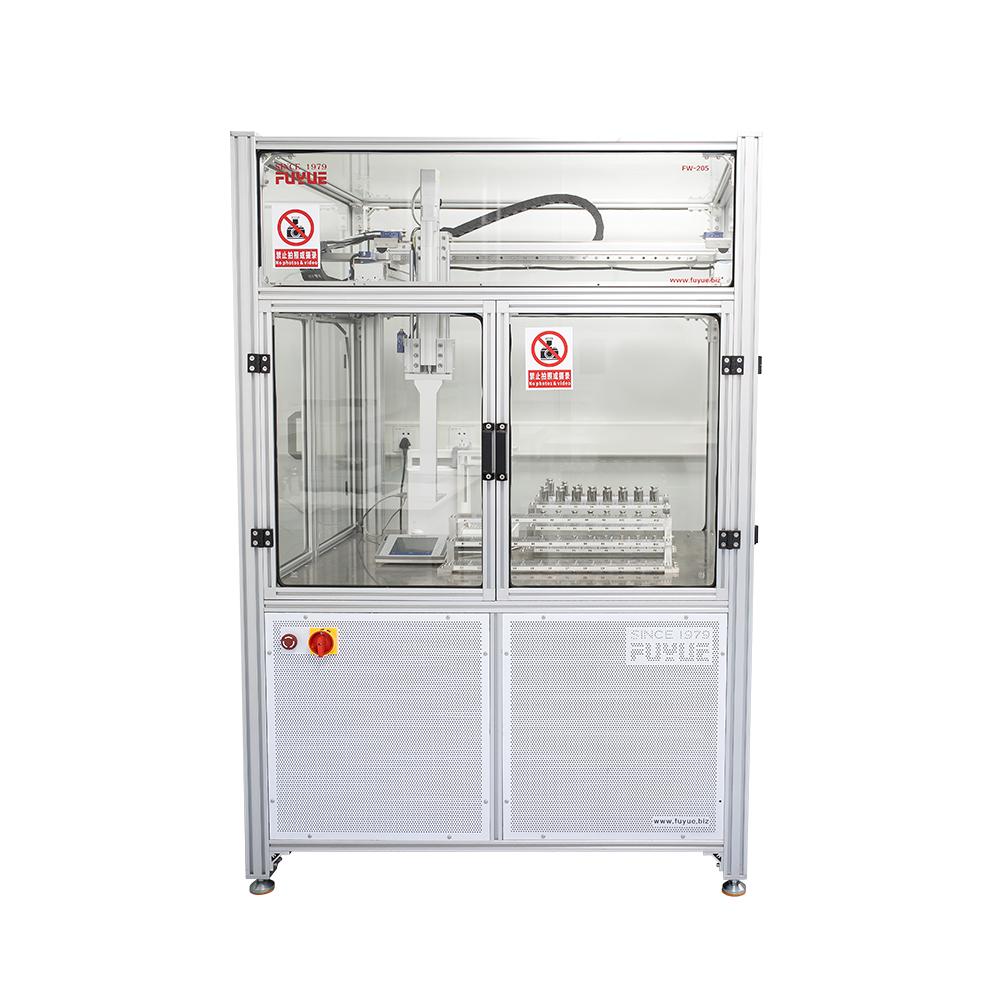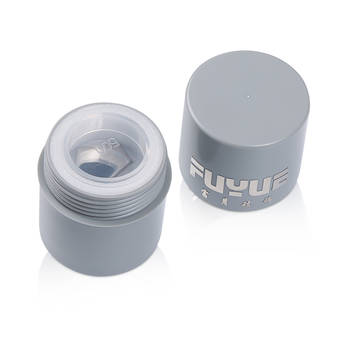In the field of mass measurement, Weight Calibration System and Equipment are basic tools to ensure the accuracy of various weighing instruments. Whether it is a laboratory precision balance, an industrial electronic scale, or a scale for trade settlement, the reliability of its measurement results depends largely on the accuracy and long-term stability of the weights used and their calibration systems. So, in practical applications, how should we ensure these key performance indicators?
1. Strictly follow international standards and traceability systems
The first prerequisite for ensuring accuracy is to establish a complete value traceability system. The OIML (International Organization of Legal Metrology) and E1/E2/F1/F2 classification standards are generally used internationally to classify and manage weights:
E1 and E2 weights: used for high-precision laboratories and national benchmark transfer;
F1 and F2 weights: suitable for medium and high-precision scenarios such as factory inspection and commercial trade;
M1 and below: mostly used for general industrial purposes.
All weight calibration equipment should have a verification certificate issued by the National Institute of Metrology or a CNAS-accredited laboratory and be traceable to the International System of Units (SI) mass standard - the original kilogram (IPK) or a modern quality standard.
2. Select high-stability materials and manufacturing processes
The material of the weight directly determines its long-term stability and resistance to environmental interference. Common high-quality weight materials include:
Stainless steel (such as SUS304, SUS316): corrosion resistance, oxidation resistance, and small temperature coefficient;
Cast iron (with coating): low cost, suitable for low precision requirements;
Special alloys: used for high stability requirements in extreme environments.

In addition, the surface finish, density uniformity and magnetic susceptibility need to be controlled during the manufacturing process to reduce the impact of external factors on the mass value. For example, high-precision weights are usually vacuum heat treated and demagnetized to avoid quality deviations caused by magnetic adsorption of dust.
3. Optimize calibration process and automatic control
Modern weight calibration systems have developed from traditional manual comparison to automation and intelligence. By introducing the following technical means, the calibration efficiency and data reliability can be significantly improved:
Automatic loading/unloading device: reduce human operation errors;
High-resolution electronic balance: achieve microgram resolution;
Computer control system: record the whole process data, support audit tracking and data analysis;
Closed-loop feedback mechanism: adjust the calibration parameters in real time to ensure the consistency of each measurement.
Such systems are widely used in metrology institutions, pharmaceuticals, food processing and other industries, especially suitable for scenarios that require frequent calibration or large-scale operations.
4. Effective measures to deal with environmental interference
Weight calibration is extremely sensitive to environmental conditions. To maintain its accuracy and stability, the following protective measures must be taken:
Constant temperature and humidity laboratory: prevent metal expansion or contraction due to temperature changes;
Improve vibration platform: reduce the impact of ground vibration on micro weighing;
Static elimination device: avoid light particles adsorption affecting mass readings;
Clean space management: regularly clean the surface of the weight to prevent dust adhesion and cause errors.
Some high-end weights are also equipped with sealed packaging structures or special storage boxes to further reduce the risk of contamination during transportation and storage.
5. Regular maintenance and periodic verification
Even the best quality weight equipment needs regular maintenance and periodic verification to maintain its performance. Recommendations:
Send it to a qualified third-party organization for a comprehensive verification every year;
Use dust-free cloth and alcohol to clean the surface of the weight regularly;
Avoid touching the weight directly with your hands to prevent grease contamination;
Use tweezers or gloves to operate high-precision weights.
Some companies will also establish an electronic archive management system to record the historical calibration data of each weight to facilitate tracking of its stability change trend.
As the cornerstone of mass measurement, the accuracy and stability of the weight calibration system and equipment directly affect the credibility of the entire weighing chain. Only by adopting materials that meet international standards, strict manufacturing processes, advanced automated calibration technology and scientific environmental control strategies, supplemented by a standardized maintenance system, can we truly achieve long-term reliable, accurate and controllable calibration effects.
In the future, with the development of intelligent manufacturing and digital measurement, the weight calibration system will continue to evolve towards higher precision, higher efficiency and more intelligence, providing a more solid quality assurance foundation for all walks of life.

 English
English















